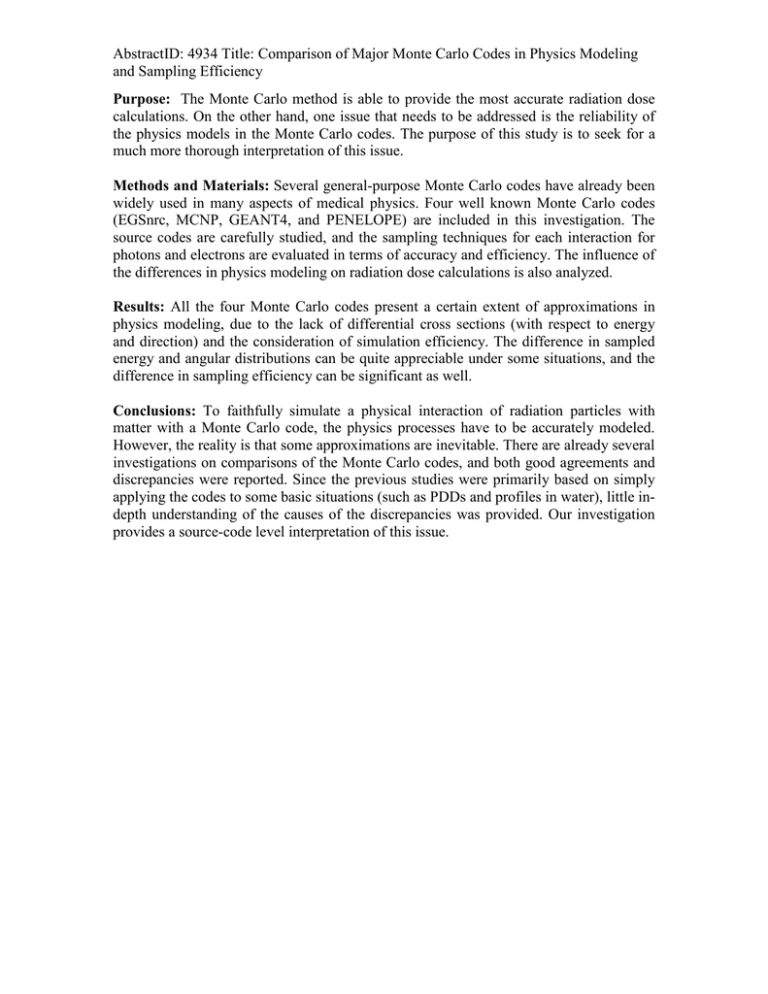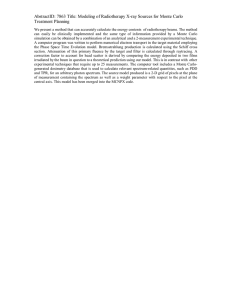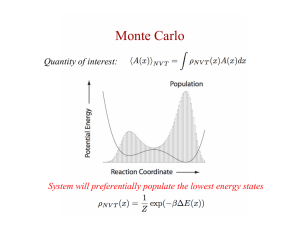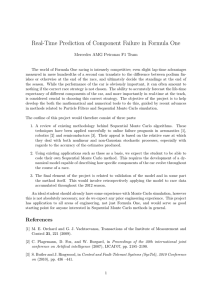AbstractID: 4934 Title: Comparison of Major Monte Carlo Codes in... and Sampling Efficiency
advertisement

AbstractID: 4934 Title: Comparison of Major Monte Carlo Codes in Physics Modeling and Sampling Efficiency Purpose: The Monte Carlo method is able to provide the most accurate radiation dose calculations. On the other hand, one issue that needs to be addressed is the reliability of the physics models in the Monte Carlo codes. The purpose of this study is to seek for a much more thorough interpretation of this issue. Methods and Materials: Several general-purpose Monte Carlo codes have already been widely used in many aspects of medical physics. Four well known Monte Carlo codes (EGSnrc, MCNP, GEANT4, and PENELOPE) are included in this investigation. The source codes are carefully studied, and the sampling techniques for each interaction for photons and electrons are evaluated in terms of accuracy and efficiency. The influence of the differences in physics modeling on radiation dose calculations is also analyzed. Results: All the four Monte Carlo codes present a certain extent of approximations in physics modeling, due to the lack of differential cross sections (with respect to energy and direction) and the consideration of simulation efficiency. The difference in sampled energy and angular distributions can be quite appreciable under some situations, and the difference in sampling efficiency can be significant as well. Conclusions: To faithfully simulate a physical interaction of radiation particles with matter with a Monte Carlo code, the physics processes have to be accurately modeled. However, the reality is that some approximations are inevitable. There are already several investigations on comparisons of the Monte Carlo codes, and both good agreements and discrepancies were reported. Since the previous studies were primarily based on simply applying the codes to some basic situations (such as PDDs and profiles in water), little indepth understanding of the causes of the discrepancies was provided. Our investigation provides a source-code level interpretation of this issue.





